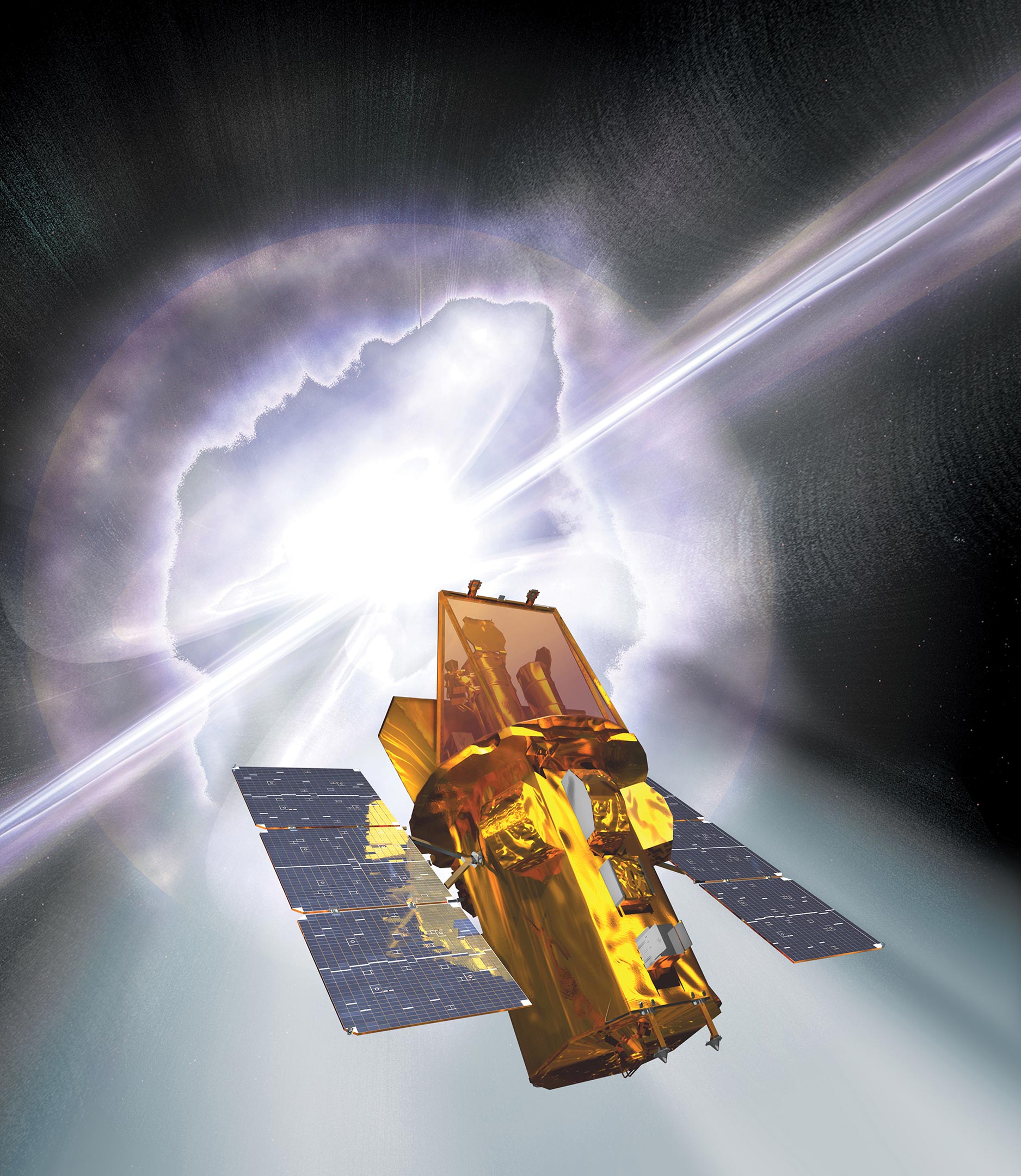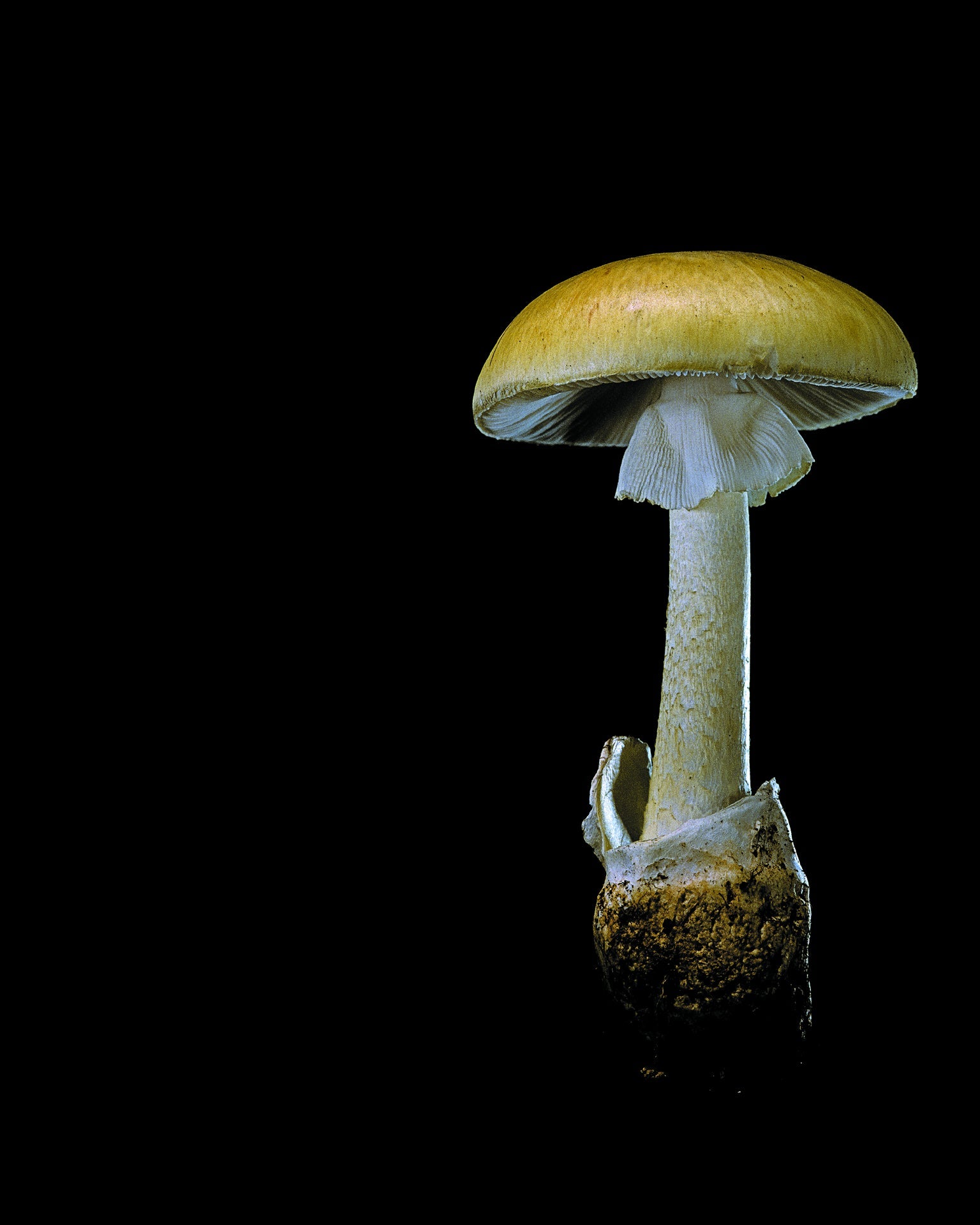Tomorrow is the day James Webb Space Telescope launches. Dec. 25. 2021 has a 32-minute launch window opens at 7:20 a.m. EST in Kourou, French Guiana.
Above -Arianespace’s Ariane 5 rocket with NASA’s James Webb Space Telescope onboard, is seen at the launch pad, Thursday, Dec. 23, 2021, at Europe’s Spaceport, the Guiana Space Center in Kourou, French Guiana. The James Webb Space Telescope (sometimes called JWST or Webb) is a large infrared telescope with a 21.3 foot (6.5 meter) primary mirror. The observatory will study every phase of cosmic history—from within our solar system to the most distant observable galaxies in the early universe. Photo Credit: (NASA/Bill Ingalls)
Development began in 1996 for a launch that was initially planned for 2007 and a US$500 million budget. The project had numerous delays and cost overruns, including a major redesign in 2005.
The James Webb Space Telescope (JWST) is a space telescope jointly developed by NASA, the European Space Agency (ESA), and the Canadian Space Agency (CSA). It is planned to succeed the Hubble Space Telescope as NASA’s flagship astrophysics mission. It will provide improved infrared resolution and sensitivity over Hubble, and will enable a broad range of investigations across the fields of astronomy and cosmology, including observing some of the most distant events and objects in the universe, such as the formation of the first galaxies, and detailed atmospheric characterization of potentially habitable exoplanets.
The primary mirror of JWST, the Optical Telescope Element, consists of 18 hexagonal mirror segments made of gold-plated beryllium which combine to create a 6.5 m (21 ft) diameter mirror—considerably larger than Hubble’s 2.4 m (7 ft 10 in) mirror. Unlike the Hubble telescope, which observes in the near ultraviolet, visible, and near infrared (0.1 to 1 μm) spectra, JWST will observe in a lower frequency range, from long-wavelength visible light through mid-infrared (0.6 to 28.3 μm), which will allow it to observe high redshift objects that are too old and too distant for Hubble to observe.[9] The telescope must be kept very cold in order to observe in the infrared without interference, so it will be deployed in space near the Sun–Earth L2 Lagrange point, about 1.5 million kilometers (930,000 mi) from Earth.
The telescope was originally estimated to cost US$1.6 billion, but the cost estimate grew throughout the early development and had reached about US$5 billion by the time the mission was formally confirmed for construction start in 2008. Costs have now increased to $10 billion and the actual construction has taken about ten years.
SOURCES- NASA
Written by Brian Wang, Nextbigfuture.com
Brian Wang is a Futurist Thought Leader and a popular Science blogger with 1 million readers per month. His blog Nextbigfuture.com is ranked #1 Science News Blog. It covers many disruptive technology and trends including Space, Robotics, Artificial Intelligence, Medicine, Anti-aging Biotechnology, and Nanotechnology.
Known for identifying cutting edge technologies, he is currently a Co-Founder of a startup and fundraiser for high potential early-stage companies. He is the Head of Research for Allocations for deep technology investments and an Angel Investor at Space Angels.
A frequent speaker at corporations, he has been a TEDx speaker, a Singularity University speaker and guest at numerous interviews for radio and podcasts. He is open to public speaking and advising engagements.
Note: This article have been indexed to our site. We do not claim legitimacy, ownership or copyright of any of the content above. To see the article at original source Click Here













